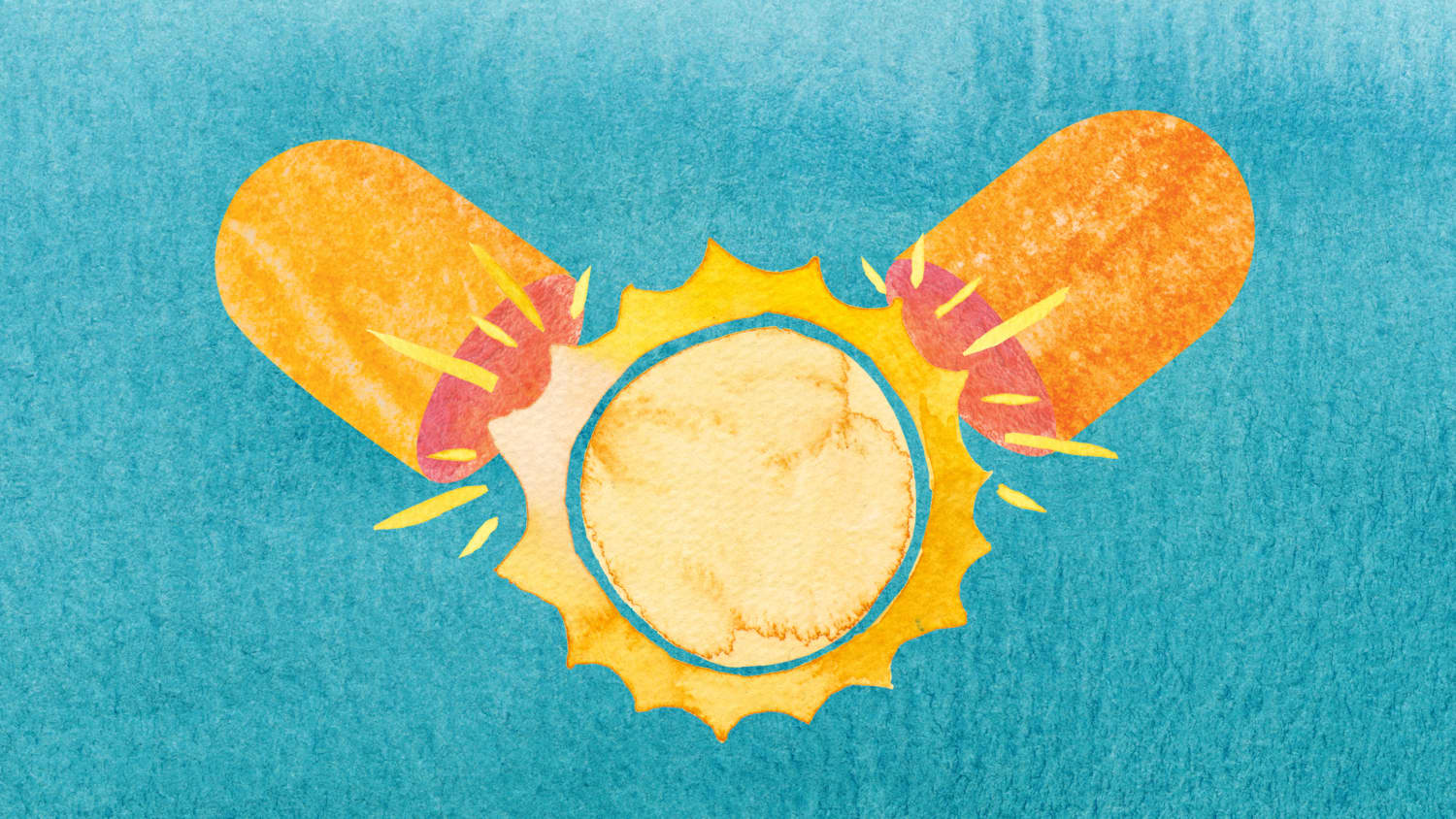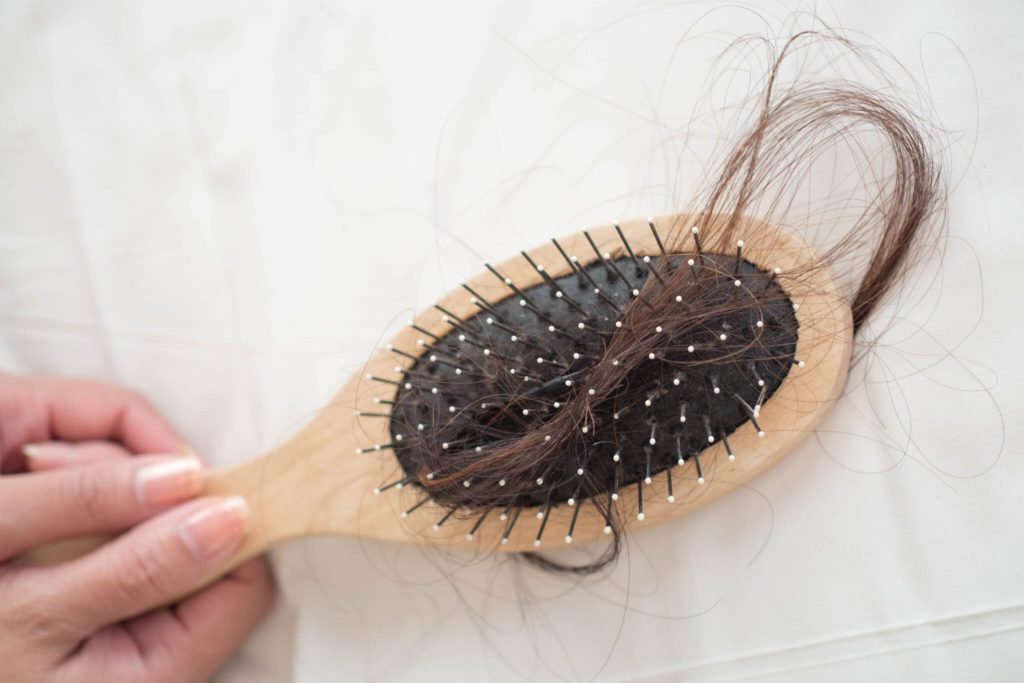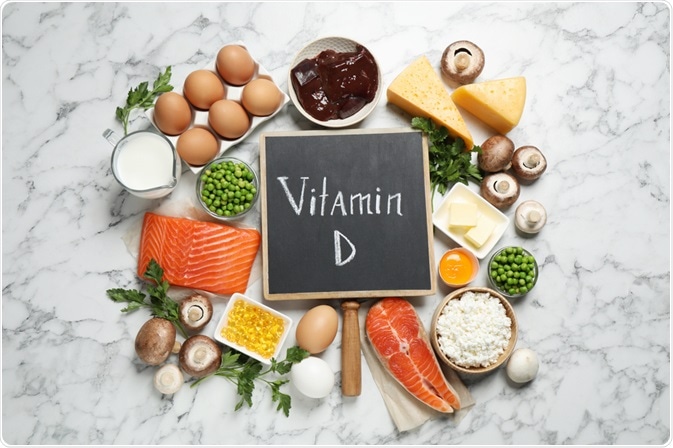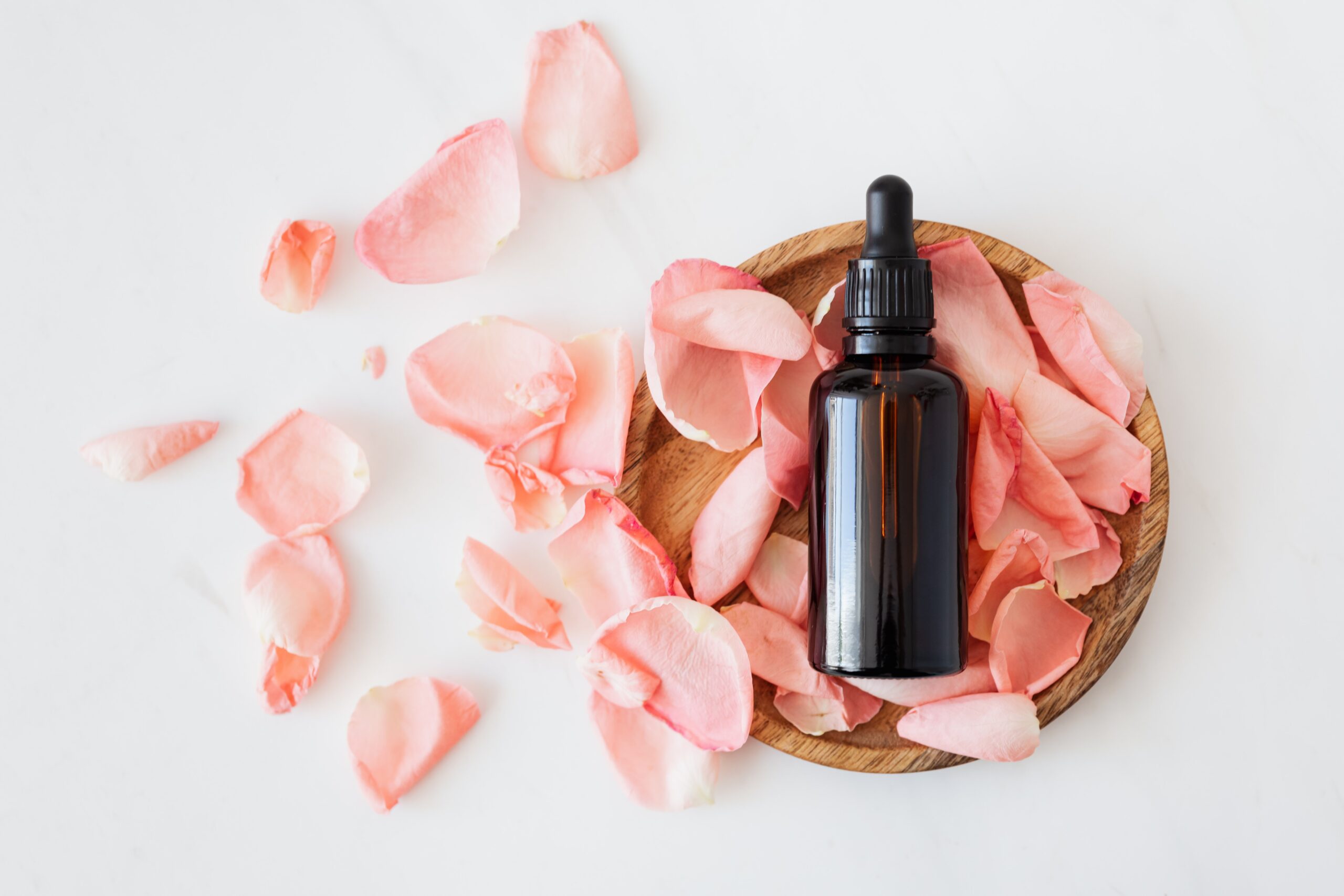Vitamin D and Hair Loss: What’s the Connection?
Share

Who doesn’t love a warm, sunny day? My body certainly enjoys soaking up some rays! But in seasons of increased cloud cover and decreased sunlight, when our exposure to “the sunshine vitamin” (a.k.a. vitamin D) is reduced, what happens to the body? Some might develop a case of the “winter blues,” and for others, well, they might notice an impact on hair growth! Before we head to explore this connection, let’s get to know vitamin D.
What is Vitamin D?
Like all vitamins, calciferol, more commonly known as vitamin D, plays an essential role in maintaining a healthy human body. Vitamin D regulates the amount of calcium and phosphate throughout the body, meaning that it’s in charge of keeping our bones strong.
The Institute of Medicine recommends that people aged 1-70 take/absorb 600 international units (IU) of vitamin D daily, 800 IU for people over 70, and 400 IU for infants up to 12 months.
Vitamin D has two derivatives: vitamin D2 and vitamin D3. Ergocalciferol (vitamin D2) can be obtained via the diet or from synthesized cholecalciferol (vitamin D3). The most popular way our body intakes vitamin D, however, is through the sun. This vitamin is synthesized by ultraviolet B (UVB) in sunlight absorbed through our skin. Especially during the warmer seasons/weather, sunlight supplies us with plenty of vitamin D to keep our bodies safe from deficiency.

What Can Vitamin D Deficiency Do to Our Body?
When the colder weather blows through and we take shelter in the comfort of our home, or we live in an area that gets just six months of sunlight exposure annually, we become deprived of the necessary dosage of sunshine.
Lack of exposure to sunlight isn’t the only factor that can lead to vitamin D deficiency (also known as Hypovitaminosis D). Those who follow a vegan diet, have darker skin, or whose liver is unable to convert vitamin D into its active form due to aging may be more prone to deficiency. Vitamin D deficiency can cause weak and soft bones, like rickets, increased risk of cardiovascular disease, and studies have shown connections to hair loss as well.

The Hair Cycle & Hair Loss
To better understand how hair loss happens, we must first understand the hair cycle. There are four stages: Anagen, Catagen, Telogen, and Exogen. The Anagen phase is the growing stage, the Catagen phase is the transition stage, the Telogen phase is the resting stage, and finally, the Exogen phase is the restarting stage. For a more in-depth explanation of the hair cycle, check out our article “Discover Your Hair Type and How To Care for It!”.
When a hair follicle is in the Telogen phase, it stays resting in the epidermis until it eventually falls out. The issue becomes when hair follicles get stuck in the Telogen phase, and therefore there is no new growth. When the life cycles of many hair follicles sync up while being stuck in the resting stage, patches and areas of hair loss/thinning can become noticeably visible.
DHT
One factor responsible for putting the follicles on ”pause” is the production of dihydrotestosterone (DHT). DHT is an androgen hormone or a hormone that produces male characteristics. One of those characteristics happens to be hair loss. Since DHT is produced as a byproduct of testosterone, a hormone abundantly found on the Y chromosomes, it is very common and almost guaranteed for biological men to experience hair loss.

Vitamin D’s Role in Hair Loss
Vitamin D receptors (VDR), a nuclear hormone receptor, can transport vitamin D around the body when the two (vitamin D + receptors) are bonded. The VDRs are heavily found in keratinocytes and dermal papillae cells, cells located at the bottom of the hair follicle. Studies have concluded that vitamin D is required for Anagen initiation and retention of the follicle and it’s been shown to be involved in signaling pathways leading to hair growth. So, it is expected that hair growth would diminish when there’s a lack of vitamin D.
Expert Dermatologist’s Opinion
While some may debate the scientific robustness to confirm vitamin D’s role in hair loss, there is no doubt that practitioners are putting vitamin D to use.
Senior consultant dermatologist, Dr. Gulhima Arora from Mehektagul Dermaclinic in New Delhi, India, prescribes her hair loss patients with vitamin D supplementation. She believes that vitamin D could be a factor in helping to resolve hair loss.
With vitamin D being an anti-inflammatory and antioxidant, Dr. Arora notes that balancing “…vitamins, minerals and trace elements is the key to restoring the homeostasis of the hair milieu.” In her practice, Dr. Arora has “…found it to be most useful in non-scarring alopecias such as telogen effluvium, alopecia areata and patterned hair loss in both males and females.”
While vitamin D may need to be more studied for all scientists to approve of its role in hair loss, we’ll let you be the judge.
Managing Vitamin D Deficiency and Hair Loss
Fear not! Dealing with this deficiency is relatively easy. Laying out in the sun or maintaining a healthy diet should be enough to receive your daily dosage of vitamin D. Vitamin D can be found in some common protein options like oily/fatty fish (salmon, sardines, mackerel, etc.), red meat (beef, venison, mutton, etc.), and egg yolks. There are also vitamin D supplements for vegetarians and vegans or anyone whose body doesn’t process vitamin D and needs extra help.

While managing your Vitamin D levels can help reduce hair loss, there are also topical medications which can be applied to affected areas.
Minoxidil is a very effective medication for increasing hair growth. Not only does minoxidil increase the size of the hair follicles, promoting a more prolonged Anagen phase, it’s also a vasodilator, meaning it increases the width of the blood vessels, allowing more oxygen-rich blood to be delivered to the hair follicles.
Both supplementation and topical application can be helpful in addressing/preventing deficiency; however, studies have shown that the best way to combat hair loss is through a combination of taking Vitamin D and application of minoxidil. If you believe you may be experiencing vitamin D deficiency or the onset of deficiency, reach out to a dermatologist or physician for a consultation on the need for further action.
References
- Bikle DD, Elalieh H, Chang S, Xie Z, Sundberg JP. Development and progression of
alopecia in the vitamin D receptor null mouse. J Cell Physiol. 2006;207:340–53. [Link] - Demay MB, MacDonald PN, Skorija K, Dowd DR, Cianferotti L, Cox M. Role of the vitamin
D receptor in hair follicle biology. J Steroid Biochem Mol Biol. 2007;103:344–6. [Link] - Hair Brush by Phimchanok Srisuriyamart/EyeEm, via Getty Images.
- Molecule drawings by Margaret “Maggie” Hillyer via ChemDraw.
- Saini, Kriteeka, and Venkataram Mysore. “Role of vitamin D in hair loss: A short review.” Journal of cosmetic dermatology vol. 20,11 (2021): 3407-3414. [Link]
- “Vitamin D.” National Health Services, NHS, [Link].
- Vitamin D Foods by New Africa [Link]
If you enjoyed our content, please share, comment, like and follow us on your favorite platforms!
..
.,







